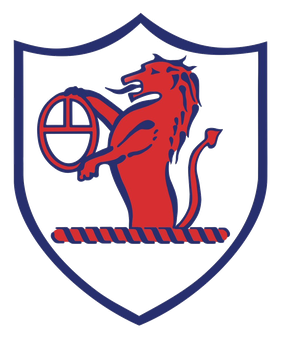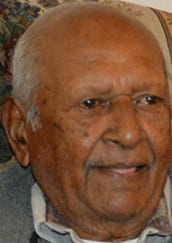Ray Fitzpatrick Joseph was a Guyanese cricketer active during the late 1970s and early 1980s who played predominantly for Berbice and Guyana, with brief appearances for Northamptonshire (Northants) and Scotland. He was born in Berbice on 12 February 1961. He appeared in 28 first-class matches as a righthanded batsman who bowled right arm fast medium. He scored 137 runs with a highest score of 26 not out and took 49 wickets with a best performance of six for 114. [1]
Joseph played one season in 1982 as overseas professional/coach with Scottish East League side, Kirkcaldy Cricket Club (now defunct). During his spell at Kirkcaldy, he gained a cap playing for the Scotland national cricket team.

Raith Rovers Football Club is a Scottish professional football club based in the town of Kirkcaldy, Fife. The club was founded in 1883 and currently competes in the Scottish Championship as a member of the Scottish Professional Football League.

Joseph Stanislaus Solomon was a Guyanese cricketer who played 27 Test matches for the West Indies from 1958 to 1965, scoring 1,326 runs, mainly from number six and seven in the batting line-up. He also bowled occasional leg-breaks but was best known as a brilliant fieldsman. He was best remembered for his role in the famous Tied Test match between the West Indies and Australia in 1960 at the Gabba, where he was involved in two direct hit runout dismissals.
Leonard Baichan is a former West Indian international cricketer who played as a batsman. Baichan featured in three Test matches from 1975 to 1976, scoring a century on his debut. He also scored over 4,000 runs at an average of 51.18 with 13 centuries and 23 half centuries in his first class career.
Laurie Ellis is a Scottish football coach and former professional footballer who is currently a coach with the Rangers Academy. He played for Raith Rovers over three spells, as well as St Mirren, Cowdenbeath and Stirling Albion. As a coach, he has twice served as caretaker manager at Dundee United and managed Queen's Park between May and December 2021.
Joseph Alan Ormrod is a former English first-class cricketer who played for Worcestershire and Lancashire.
Berbice cricket team played first-class cricket in the Guystac Trophy and against the occasional touring team during the 20th century. The team represented the county of Berbice in Guyana.
The Guyana Cricket Board is the ruling body for cricket in Guyana.
Andrew Fitz Donald Jackman is a former Guyanese cricketer. Jackman was a right-handed batsman who bowled right-arm off break. He was born in Georgetown, Guyana.
David W. Potter was a Scottish sports writer who published over seventy books, primarily on Scottish football and cricket.
Albion Sports Complex is a cricket stadium in Guyana. It is located in Albion and has been used by the West Indies cricket team and Guyana national cricket team. A total of five One Day Internationals (ODIs) have been played from 1977 and 1985.
Peter Hearn was an English first-class cricketer who played for Kent County Cricket Club between 1947 and 1956. He was an elegant top-order batsman who scored over 8,000 runs for Kent and made a century on his debut for the county. He served during World War II in the Royal Engineers and spent time as a prisoner of war.
The Essequibo cricket team, representing the former county of Essequibo on the western shore of the Essequibo River estuary in Guyana, has played cricket in Guyana since the 1950s. It played one first-class match in the 1980–81 season.
Fitz Garraway is a former Guyanese cricketer who played a single first-class match for Essequibo in the final of the 1980–81 inter-county Jones Cup. Aged 33, he was the oldest player on the side, a year older than Beni Sankar.
Aubrey Alfred Maycock is a former Guyanese cricketer who played a single first-class match for Essequibo in the final of the 1980–81 inter-county Jones Cup.
Patrick Evans is a former Guyanese cricketer who played a single first-class match for Essequibo in the final of the 1980–81 inter-county Jones Cup. Aged 20, he was the youngest player on the side, a year younger than Birchmore Reid.
Malcolm Williams is a former Guyanese cricketer who played a single first-class match for Essequibo in the final of the 1980–81 inter-county Jones Cup.
Jeff Jones is a former Guyanese cricketer who played a single first-class match for Essequibo in the final of the 1980–81 inter-county Jones Cup.
Courtney Alexander Gonsalves was a Guyanese cricketer who played a single first-class match for Essequibo in the final of the 1980–81 inter-county Jones Cup, and also represented the Guyanese national side in the 1980–81 limited-overs Geddes Grant/Harrison Line Trophy. He later coached the Canadian national under-19 team.
Randolph Ramnarace is a former first-class cricketer from Berbice who played mostly for Guyana.
Tyronne Ranjit Etwaroo is a Guyanese former first-class cricketer who represented Berbice, Guyana and an International XI in first-class cricket.